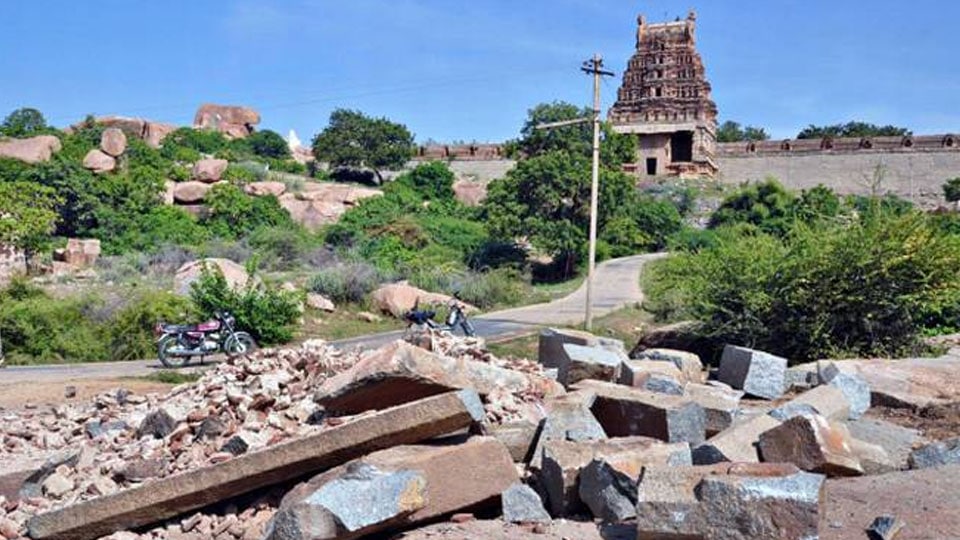The term heritage, as commonly understood by both lay people and the knowledgeable flock has many components, namely 1) History and society; 2) Biology, 3) Arts and media, 4) Music, 5) Organisations; 6) Political parties; 7) Institutions of learning; 8) People and so on not to forget foods. Without hurting that understanding of the magic term of our times (remember describing Mysuru as a heritage city), one may add ruins of structures of various descriptions and types as well as sites that hosted such now non-existent structures to the list above. In fact, ruins can eminently qualify to be the flag component of heritage in all its widest meaning. Long-standing customs, beliefs, rituals, traditions and so on, glimpses of which can still be experienced in most villages across the land in general and every city or town in particular also lend meaning to the term heritage. One of the arms of United Nations organisation, namely UNESCO is the globally present guardian of all that heritage stands for, thanks to liberal funding for its functioning by various countries, including India.
There is hardly any region on Planet Earth, with chemically determined age of about 4.5 billion year and said to have hosted human beings for about 2,00,000 years, which doesn’t claim to the heritage tag. Pompeii in Italy and Harappa Mohenjodaro in the Indian sub-continent are featured often by scholars writing on the subject of heritage. India’s recorded history of several centuries not only highlight the region’s heritage image but also cannot hide its other image of heritage in ruins.
India’s cultural heritage, mainly the large number of historic buildings and sites as well as natural heritage is much more than preserving, excavating, displaying or restoring, specially to attract tourists from across the world. Most importantly, heritage has to be the factor of our behaviour that we draw from the past. The land’s natural heritage, comprising components of biodiversity, including flora and fauna, ecosystems, read forests and geological structures inherited from past several generations is vandalised in the name of development. The clinching term while talking about structures such as Forts, Palaces, Shrines and so on that were creations of our ancestors is that all these are in ruins, with some exceptions such as tombs of some rulers with status of monuments amidst exquisite sculptures witnessing utter neglect.
One is prompted to ask the question: What purpose is served by taking the run-of-the-mill tourists to our heritage sites? Gobbling space for sky high buildings and wide roads by unabated deforestation has laid the road map of future heritage, to be left in ruins without doubt, euphemistically describing debris.








Recent Comments